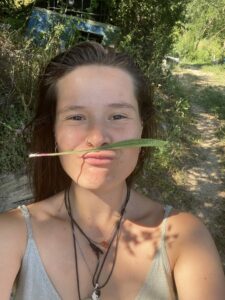Edible Plants – Plantains

Plantain is a weed that is commonly found in grasslands, backyards and besides the road. In Vegetarium this weed grows e v e r y w h e r e. There are two types of plantain ribwort plantain and greater plantain.
Ribwort plantain (Plantar Lanceolata). Also know as: narrowleaf plantain, English plantain, rib leaf, lamb’s tongue and buckhorn.
Greater plantain (Plantar Major). Also known as: common plantain, rat’s tail, broad leaf plantain, white mans foot, Englishman’s food
Collecting edible parts
The leafs as well as the flowerbuds form the plantain are edible. The leaves are quite bitter and can be collected at any time for medicinal use. The leaves are very nutritious containing calcium, Vitamin A, Vitamin C and Vitamin K. Young leaves can be eaten raw but as older leaves are firmer it is better to cook them. We often put the leaves in our smoothies and salads.
The flowerbuds from the ribwort plantain are best collected after they have turned brown since then they will develop a taste similar to mushrooms (yes really!). The flowerbuds can be used as a mushroom substitute in for example omelettes or can be used to make a ‘mushroom’ stock. The flowerbuds of the heater plantain are also edible, however, quite bitter in taste.
Medicinal uses
Ribwort plantain is frequently used in herbal teas and can be used as a cough medicine. Plantain is most often used as a antihistamine, but also has anti fungal, antioxidant, analgesic and mild antibiotic properties. Because of its antihistamine properties, plantain works very well to relieve nettle stings or histamine bites. Furthermore, the leave have wound healing properties and are effective at stopping bleeding.
You can use the leaves by crushing them, or chewing them and put them on the affected area, but you can also infuse balms with it (FYI we also put it in our summer solstice balm you can find in a previous article).
Written by Camil

